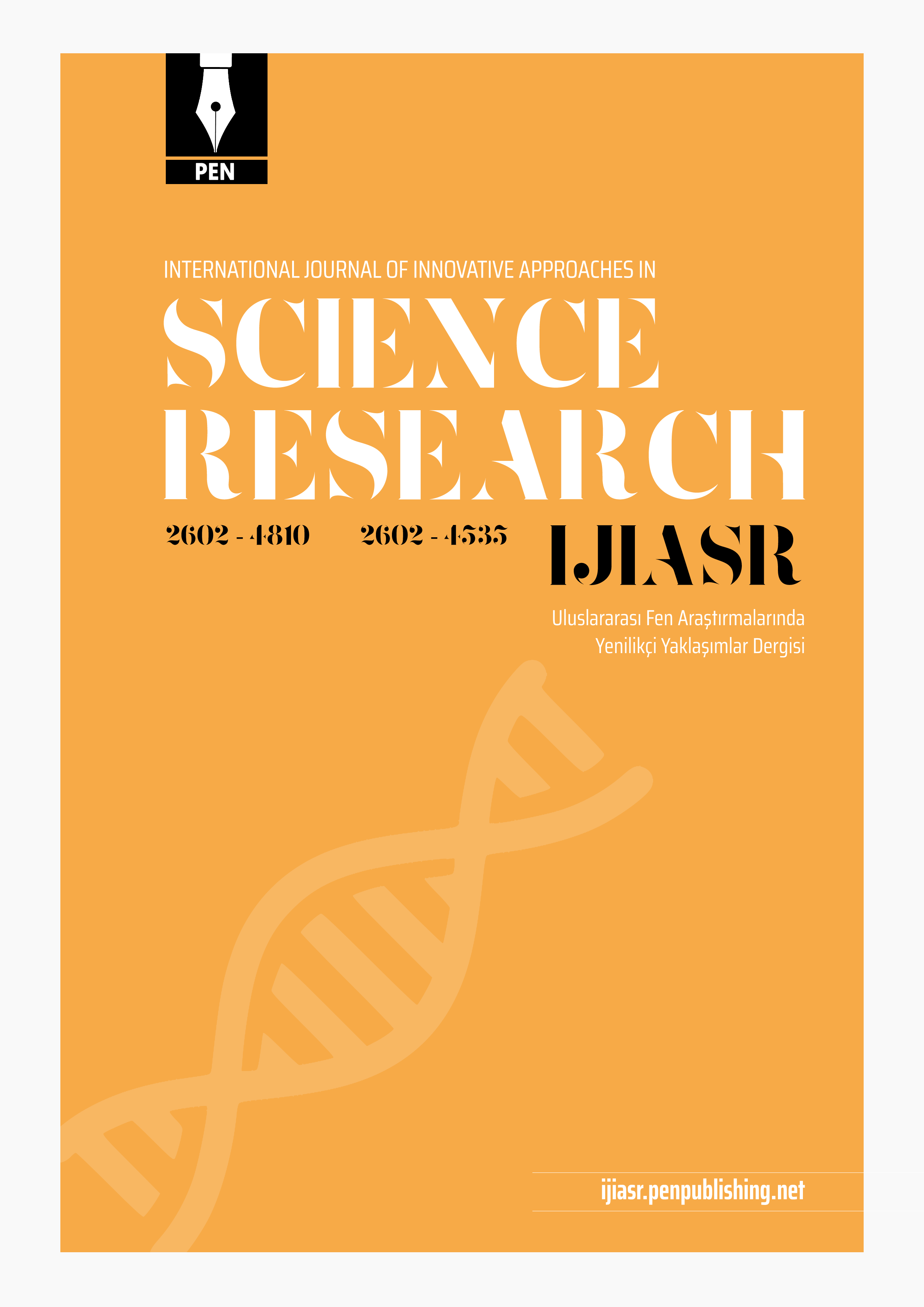
Uluslararası Fen Araştırmalarında Yenilikçi Yaklaşımlar Dergisi
Yazarlar: Buket Çakmak Güner , Nermin Gözükırmızı
Konular:-
DOI:10.29329/ijiasr.2018.132.1
Anahtar Kelimeler:Human endogenous retroviruses,Human diseases,HERV-K,HERV-E,HERV-W.
Özet: Human Endogenous retroviruses (HERVs) occupy nearly 8% of human genome. They are thought to be remnants of retroviruses. These integrated elements have gag, pol and env coding regions. The genome order of 5 ’LTR-gag-pro-pol-env-LTR 3’ is completely conserved among known retroviruses and endogenous retroviruses. A complete LTRs consists of untranslated 5’ (U5), repeat (R) and untranslated 3’ (U3) regions. ERVs have the potential to proliferate within a genome. Due to the nonsense mutations, methylations and deletions, most families of HERV lost their coding regions and therefore could not produce functional proteins. Most of HERVs are structurally incomplete with deletions and insertions. Although human genomehave many protective mechanisms, there are many transcriptionally active transposons and endogenous retroviruses in the human genome. Given their nature within the genome, HERVs have potential for genetic disorders, cancer, autoimmunity and neurological diseases. There are many studies investigating the association ofHERVs with diseases. In this review, we give a short summary from a few of of these studies.